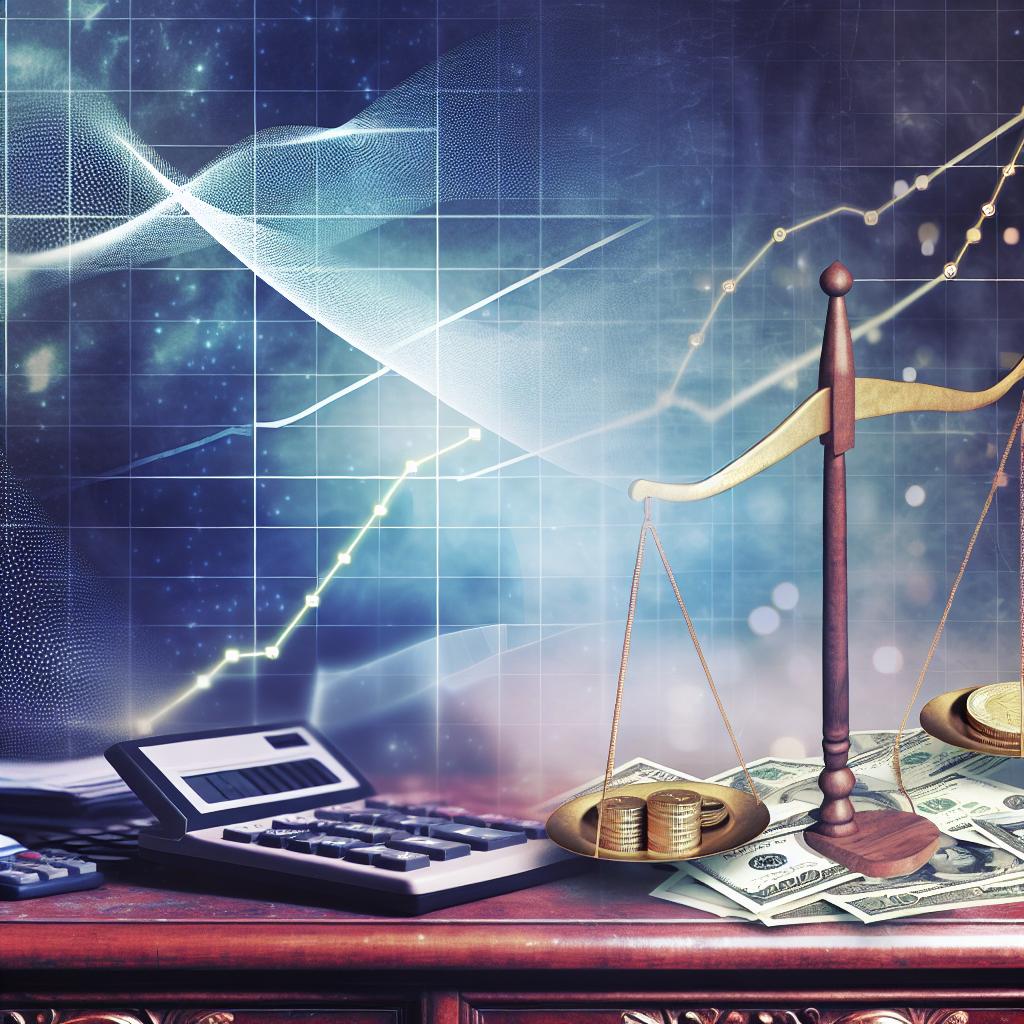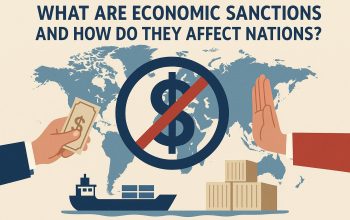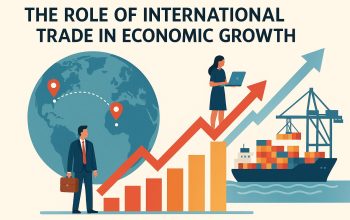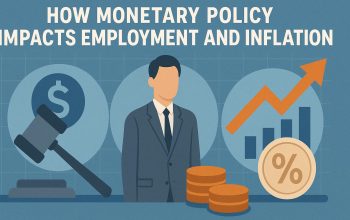Understanding Inflation and Interest Rates
Inflation and interest rates are two critical components of any economy. Their interconnectedness influences economic growth, consumer spending, and investment. Understanding how they relate can provide insight into economic policy and market dynamics.
What is Inflation?
Inflation refers to the rate at which the general level of prices for goods and services is rising, subsequently eroding purchasing power. Central banks attempt to limit inflation — and avoid deflation — in order to keep the economy running smoothly.
The Role of Interest Rates
Interest rates are the percentage at which interest is paid by borrowers for the use of money they borrow from lenders. Central banks, such as the Federal Reserve in the United States, play a pivotal role in setting the benchmark interest rates, which influence the rates commercial banks offer.
The Relationship Between Inflation and Interest Rates
The connection between inflation and interest rates is fundamentally about control and balance within the economy. Here’s how the dynamics typically work:
1. Interest Rates as a Tool to Control Inflation
When inflation is on the rise, central banks may increase interest rates to cool down an overheating economy. By making borrowing more expensive, the hope is that spending and investment will slow down, thus easing the upward pressure on prices.
2. Lower Interest Rates During Low Inflation
Conversely, if inflation is too low, central banks might cut interest rates to encourage borrowing and spending. Lower rates make it cheaper for consumers and businesses to borrow money, ideally spurring economic activity.
Expectations and Economic Behavior
Expectations about future inflation affect how banks and consumers behave. If people expect higher inflation, they are likely to spend more quickly, anticipating higher prices. Similarly, lenders might raise their interest rates to ensure a return on their loans that outpaces inflation, affecting long-term economic plans.
Policy Implications
Policymakers walk a tightrope between controlling inflation and supporting economic growth. The Federal Reserve’s monetary policy decisions serve as a prime example of this balancing act, where goals of price stability and employment need to be managed carefully.
Challenges in the Relationship
Changes in global markets, geopolitical tensions, and sudden supply shocks can disrupt the balance between inflation and interest rates. Central banks must remain vigilant, continuously assessing their strategies as new data and economic conditions emerge.
Conclusion
Inflation and interest rates are intricately linked forces within the economy. Understanding their relationship helps explain policy decisions made by central banks and their impact on the broader economic landscape. Keeping this connection in mind is crucial for comprehending macroeconomic trends and financial decision-making.
Detailed Exploration of Inflation
Inflation is not merely a rise in prices; it is a reflection of the broader economic variables at play. Understanding inflation requires examining the different types of inflation, its causes, and its effects.
Types of Inflation
There are several types of inflation that economists usually recognize:
1. Demand-Pull Inflation:
Occurs when the demand for goods and services exceeds their supply. This type of inflation is often described by the adage “too much money chasing too few goods.”
2. Cost-Push Inflation:
Happens when the costs to produce products increase, leading to producers raising prices to maintain profit margins. Common causes are rising wages and increased prices for raw materials.
3. Built-In Inflation:
Arises from the persistent cycle of wages and prices increasing. As employees demand higher wages to keep up with living costs, businesses, in turn, raise prices to cover higher wage expenses.
Causes of Inflation
The causes of inflation can be varied and complex. While generally driven by the demand-pull, cost-push, and built-in factors mentioned above, other contributors can include:
1. Monetary Policy:
Central banks might expand the money supply too rapidly, leading to more money chasing the same amount of goods, thus prompting inflation.
2. Fiscal Policy:
Government spending and taxation policies can prompt inflation. For example, tax cuts can increase disposable income, boosting demand and leading to inflation.
3. Supply Chain Disruptions:
Disruptions like natural disasters, wars, or pandemics can cause a sudden decrease in supply, pushing prices upwards.
Interest Rates: Mechanisms and Effects
Interest rates serve as the cornerstone of financial systems, influencing various facets of the economy. Besides basic borrowing costs, interest rates have broader implications that affect both macroeconomic and microeconomic landscapes.
Setting Interest Rates
Central banks, such as the Federal Reserve, set the benchmark rates that influence commercial banking interest rates. This regulatory role is geared towards steering the economy towards specific goals like controlling inflation or promoting employment.
Impact on the Economy
The fluctuation in interest rates has a wide ripple effect through the economy. Primarily, it affects:
1. Consumer Spending:
Higher rates generally lead to reduced consumer spending as loans and financing become more expensive, affecting large purchases such as homes and cars.
2. Business Investment:
Interest rates influence the cost of capital. When rates are low, businesses are encouraged to invest in growth projects due to cheaper financing costs. Conversely, high rates can stifle business investments.
3. Employment:
Through its impact on business expansions and consumer spending, interest rates indirectly influence employment rates. For instance, high interest rates can dampen business growth, potentially leading to fewer job opportunities.
4. Exchange Rates:
Interest rates can also affect a country’s exchange rate. Generally, higher interest rates offer lenders in an economy a higher return relative to other countries, attracting foreign capital and causing the exchange rate to strengthen.
Long-Term View
From a long-term perspective, the strategy behind setting interest rates seeks to achieve a balance between stimulating economic growth and controlling inflation. Missteps can lead to significant economic issues, such as recessions or rapidly climbing inflation.
The Global Perspective
In our interconnected world, the relationship between inflation and interest rates transcends borders. Policies and economic dynamics in one country can significantly impact others, especially in today’s globalized markets.
Trade relations, cross-border investments, and international borrowing are all influenced by the economic policies surrounding inflation and interest rates. For instance, a rise in U.S. interest rates can attract capital from other countries, affecting their local economies and possibly leading to adjustments in their interest and inflation rates to stay competitive.
Conclusion and Beyond
Understanding the intricacies of inflation and interest rates, and their intertwined roles in the economy, is critical for policymakers, businesses, and consumers alike. The constant balancing act between curbing inflation and promoting economic growth is an ongoing challenge but remains central to maintaining a stable economic environment. As we move forward in a rapidly changing world, grasping the fundamentals of these economic forces will be essential in making informed financial and policy decisions.
This article was last updated on: July 7, 2025




